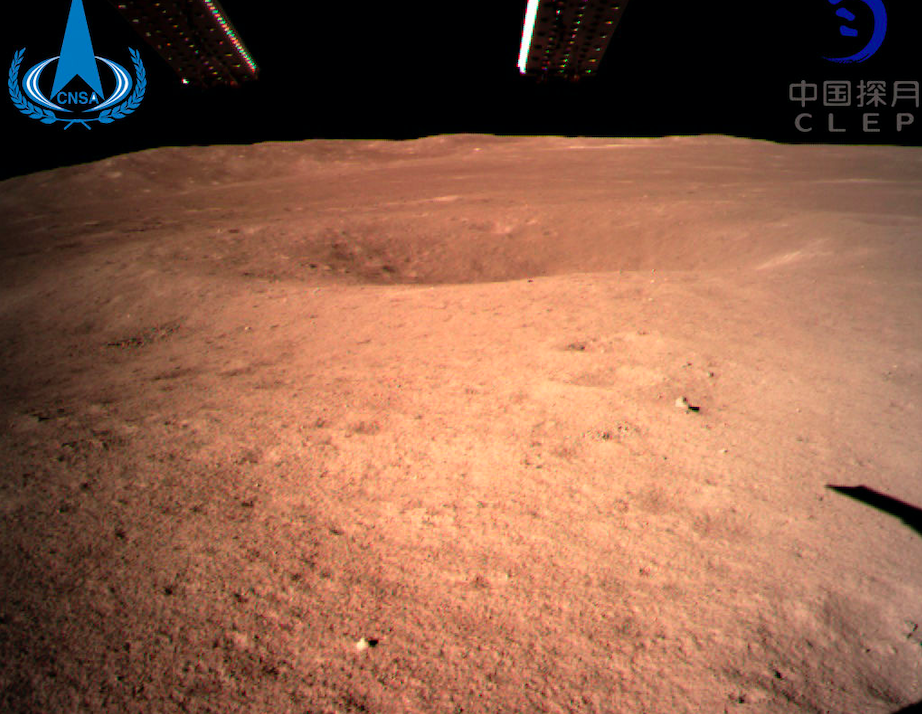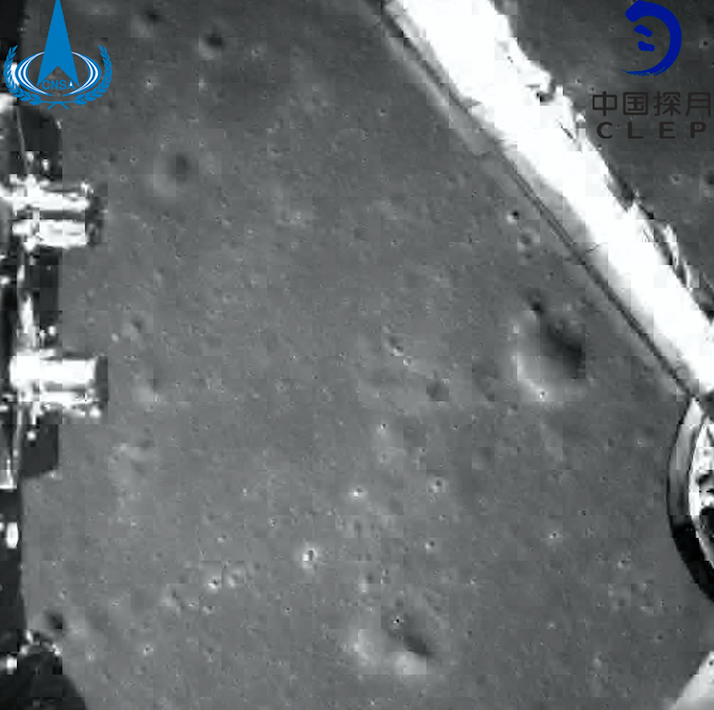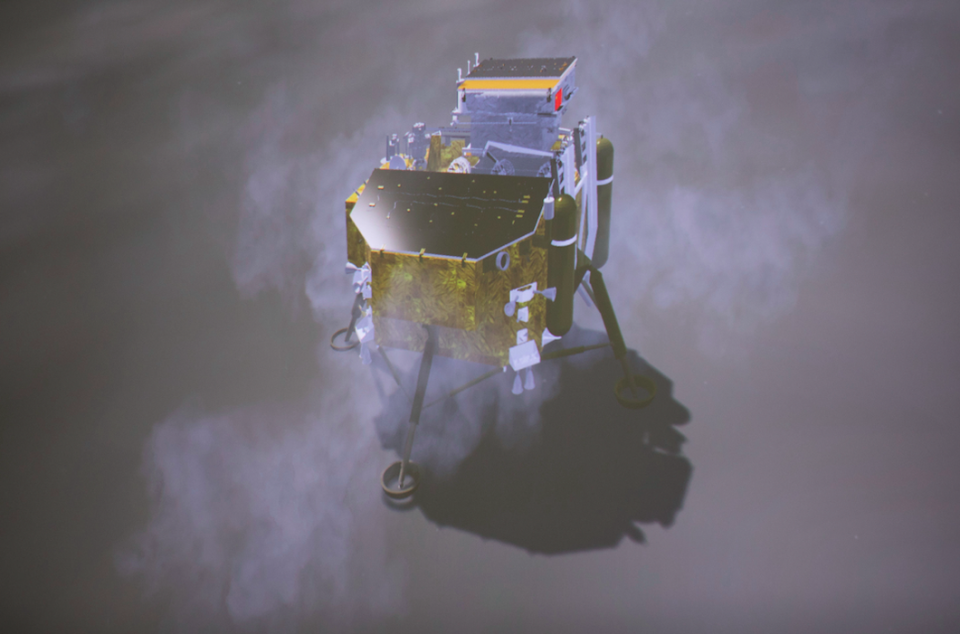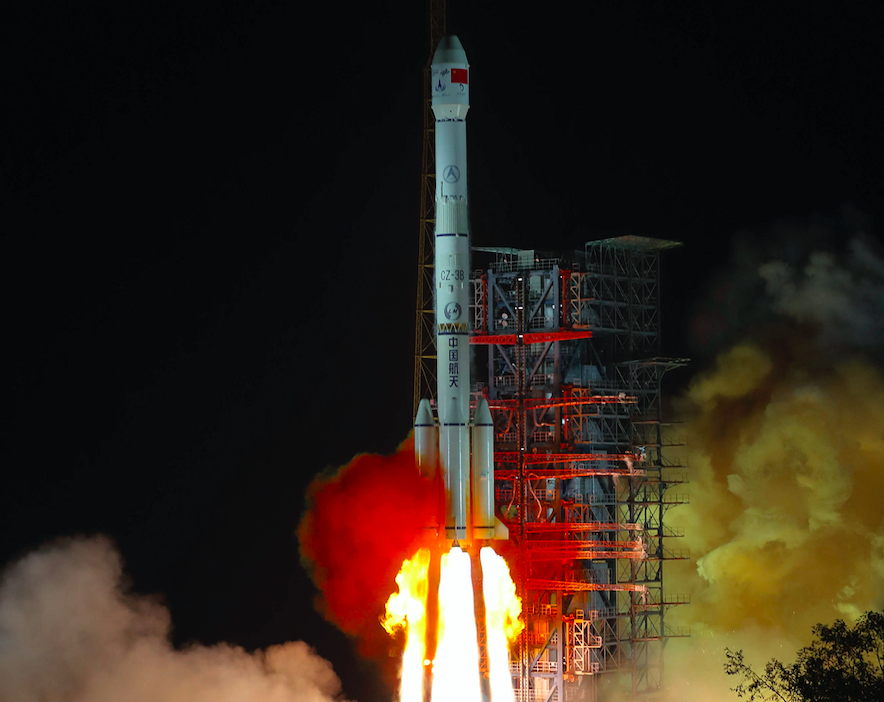Chinese spacecraft becomes the first to land on the far side of the Moon
China has released the first pictures ever seen of the surface of the far side of the Moon.
The images were sent back to Earth as Chinese state media announced its spacecraft had made the first-ever landing there.
The lunar explorer Chang’e 4 touched down at 10.26am Beijing time (2.26 GMT), according to China Central Television.
The far side of the moon – also known as the dark side of the Moon – faces away from Earth and is relatively unexplored.


Chang’e 4, which is carrying a rover, will carry out low-frequency radio astronomical observations and probing the structure and mineral composition of the terrain.
The Long March 3B rocket carrying Chang’e 4 blasted off on December 8 from Xichang Satellite Launch Centre in southern China.
China’s landing is regarded as a major step forward in space exploration, with images of the area bounced off a separate satellite before they are sent to Earth.
MORE: Pedestrian killed by helicopter that landed on top of him at Brazil beach resort
MORE: Police mocked for sharing e-fit of suspected robber who looks like the Grim Reaper
The pioneering landing demonstrates China’s growing ambitions as a space power.
In 2013, Chang’e 3 was the first spacecraft to land on the Moon since the Soviet Union’s Luna 24 in 1976.


In May, a relay satellite ‘Queqiao,’ or ‘Magpie Bridge’, named after an ancient Chinese folk tale, was launched to provide communications support between Chang’e 4 and Earth.
China plans to send its Chang’e 5 probe to the moon next year and have it return to Earth with samples – the first time that will have been done since 1976.

 Yahoo News
Yahoo News 

